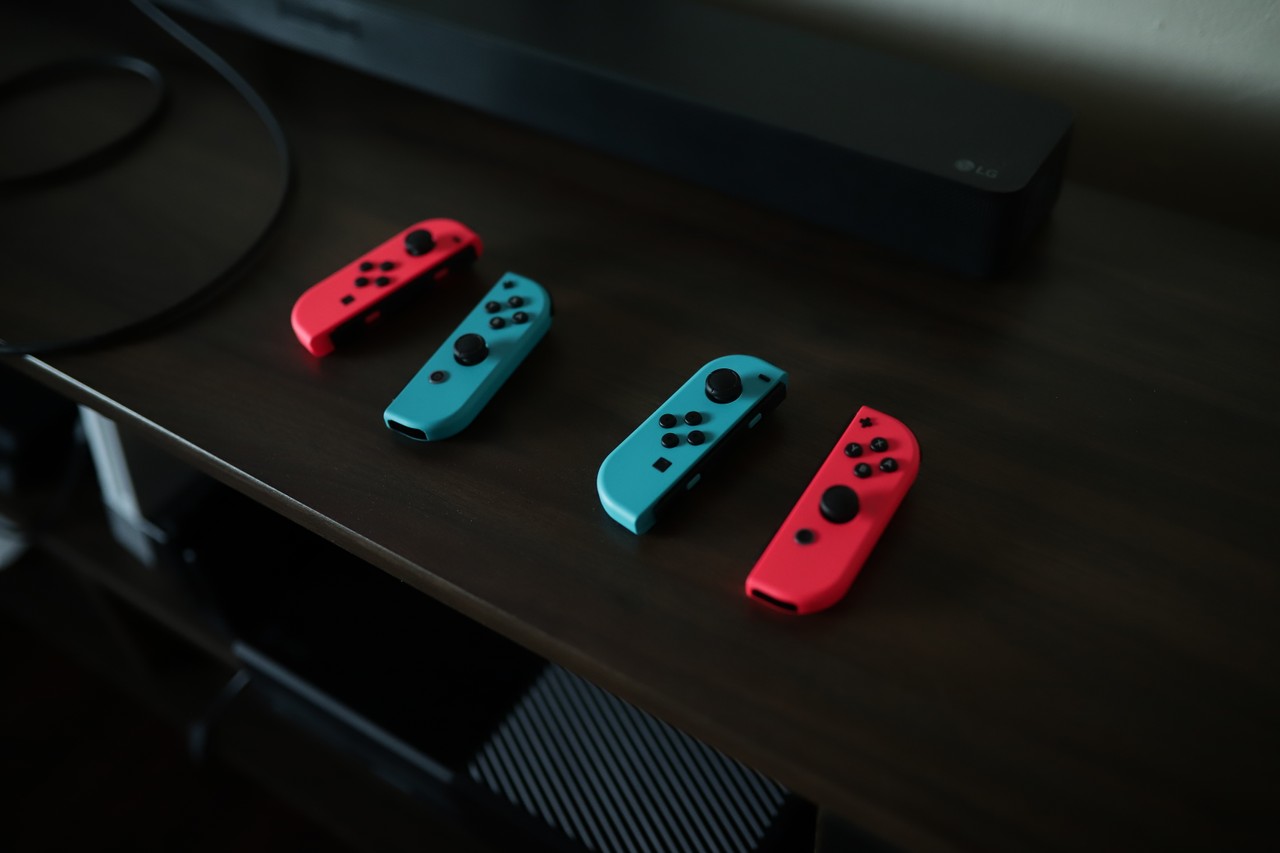By M. S. Farzan
Working with the canvas in Unity 2D can feel complicated at first, particularly if you're attempting to learn the editor while also tackling C# scripting.
It can also be daunting to think about turning a single-player game into a multiplayer experience, as there are a lot of new concepts to consider and several third-party packages from which to choose.
In Part 1 of this new video series, we'll create a basic 2D card game in Unity with randomized decks and draggable/droppable cards using the canvas, C# scripting, prefabs, and more (1 hour 10 minute watch):
In Part 2, we'll continue the adventure by cleaning up our nested canvas prefabs and enabling a mouseover card preview (42 minute watch):
In Part 3, we'll add basic multiplayer functionality with Mirror (1 hour 26 minute watch):
In Part 4, we'll continue to work with Mirror to improve our multiplayer experience (36 minute watch):
In Part 5, we'll add game logic from one of my games, Entromancy: Hacker Battles, to our multiplayer project (2 hour 34 minute watch):
And in Part 6, we'll continue to add game logic along with a more robust user interface (1 hour 23 minute watch):
You can also learn more about Unity multiplayer basics here.
Happy coding!
If you enjoyed this article, please consider checking out my games and books, subscribing to my YouTube channel, or joining the Entromancy Discord.
M. S. Farzan, Ph.D. has written and worked for high-profile video game companies and editorial websites such as Electronic Arts, Perfect World Entertainment, Modus Games, and MMORPG.com, and has served as the Community Manager for games like Dungeons & Dragons Neverwinter and Mass Effect: Andromeda. He is the Creative Director and Lead Game Designer of Entromancy: A Cyberpunk Fantasy RPG and author of The Nightpath Trilogy. Find M. S. Farzan on Twitter @sominator.
